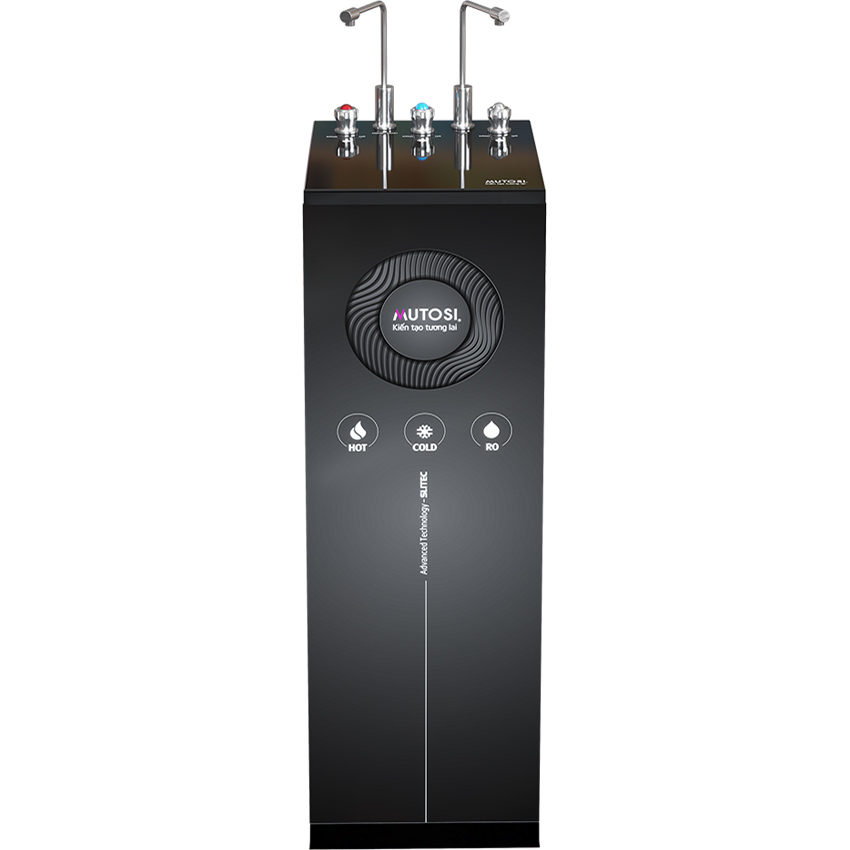The Role of Hot and Cold Water Plants in Fire Protection Systems
Fire protection systems are crucial for safeguarding lives and property in various settings, including commercial buildings, industrial facilities, and residential complexes. One essential component of these systems is the hot and cold water plant, which plays a vital role in ensuring effective fire suppression. In this article, we will explore the significance of hot and cold water plants in fire protection systems. Hot and cold water plants are integral components of fire protection systems that provide the necessary water supply for fire suppression. These plants consist of a combination of pumps, storage tanks, and piping networks designed to deliver water at appropriate temperatures for different firefighting applications.
Cold Water Plants
Cold water plants, also known as normal temperature water plants, supply water at ambient temperatures for fire protection systems. They typically utilize large storage tanks to ensure an adequate supply of water in case of emergencies. The cold water is distributed throughout the building or facility through a network of pipes and fire hydrants, enabling firefighters to quickly access water when needed. In addition to firefighting purposes, cold water plants also serve other functions such as sprinkler systems, which are designed to automatically activate and release water upon detecting heat from a fire. These systems are critical in containing fires and preventing their spread until firefighters arrive on the scene.

Hot Water Plants
Hot water plants, on the other hand, provide water at elevated temperatures for specific fire protection applications. Hot water can be used in systems such as water curtains, deluge systems, and foam-based fire suppression systems. These systems are particularly effective in handling fires involving flammable liquids or certain types of industrial fires. Water curtains, for instance, are used to create a barrier of hot water vapor, which helps prevent the spread of fire and protect adjacent areas. Deluge systems use a network of heat-activated sprinklers to deliver hot water rapidly over a large area, suppressing fires and reducing their intensity. Foam-based fire suppression systems use hot water to activate foam agents, which form a blanket-like layer over flammable materials, cutting off the oxygen supply and extinguishing the fire.
Importance in Fire Protection
Hot and cold water plants are crucial in fire protection systems due to their ability to provide an immediate and adequate water supply for firefighting purposes. Their efficient operation is essential for minimizing property damage, protecting lives, and assisting firefighters in their efforts to control and extinguish fires. By ensuring a reliable water supply at suitable temperatures, hot and cold water plants enable firefighters to respond swiftly and effectively. This proactive approach significantly increases the chances of successfully suppressing fires and preventing their escalation. Hot and cold water plants are integral components of fire protection systems, providing the necessary water supply for effective firefighting and fire suppression. These may nuoc nong lanh Mutosi plants play a vital role in safeguarding lives and property in various settings, including commercial, industrial, and residential environments. By delivering water at appropriate temperatures, hot and cold water plants enable firefighters to combat fires efficiently and minimize their impact. Their presence is crucial for maintaining a robust fire protection infrastructure and ensuring the safety of occupants within buildings and facilities.
